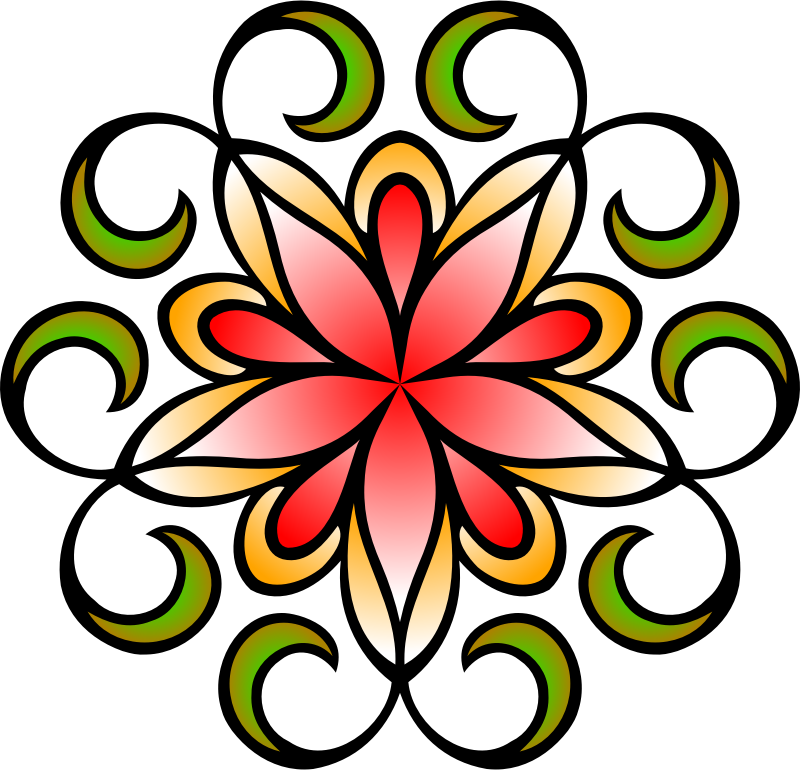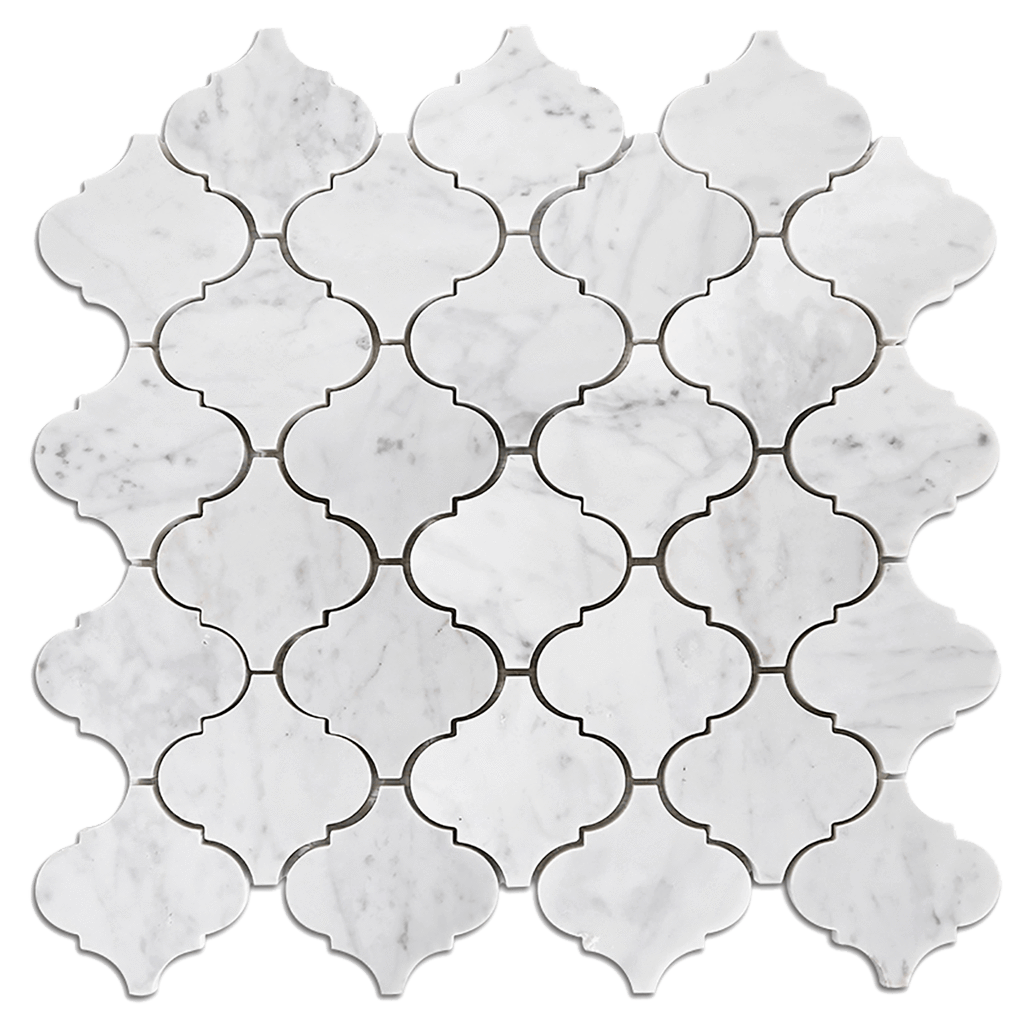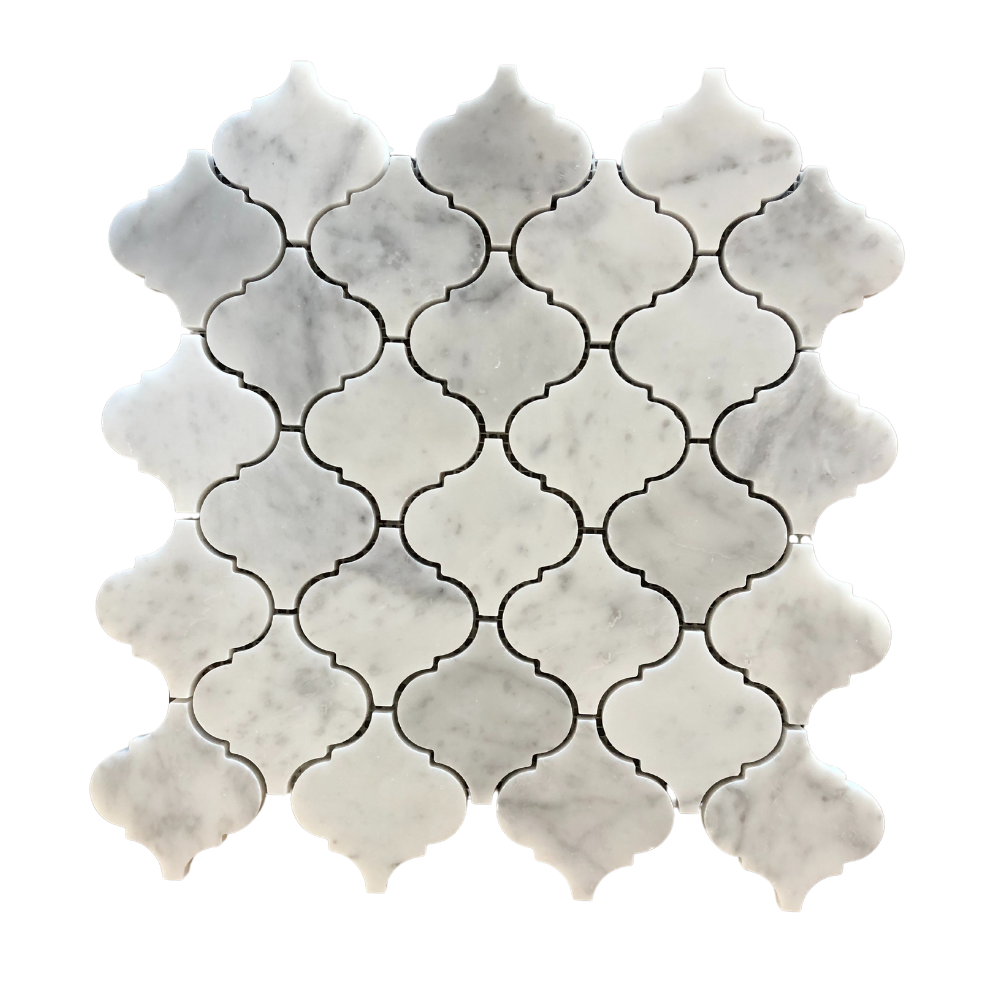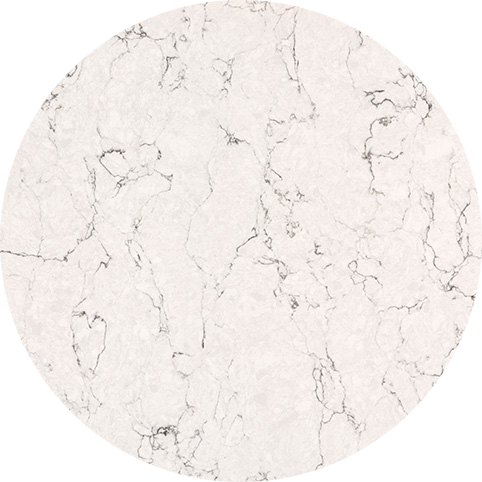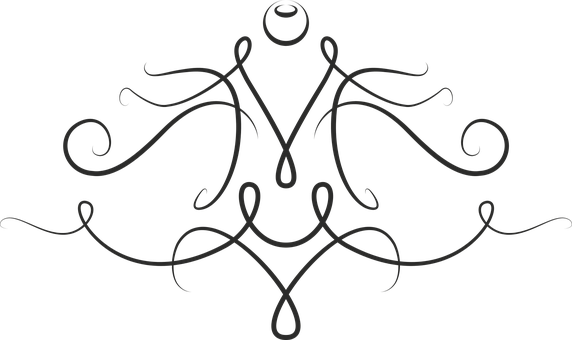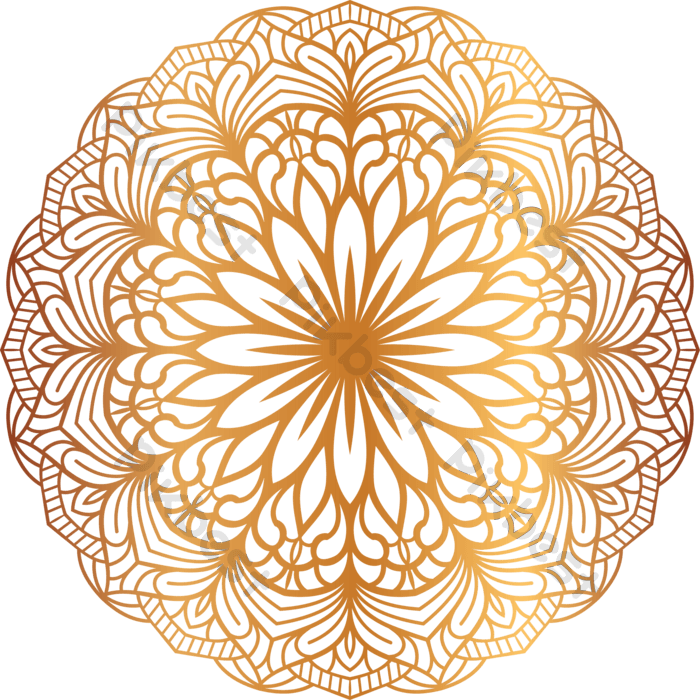Download top and best high-quality free Arabesque PNG Transparent Images backgrounds available in various sizes. To view the full PNG size resolution click on any of the below image thumbnail.
License Info: Creative Commons 4.0 BY-NC
An example of an arabesque is a surface design made up of “rhythmic linear patterns of scrolling and interlacing foliage, tendrils,” or “simple lines,” frequently mixed with other components. A different description is “Islamic foliate adornment, generally employing leaves made from stylized half-palmettes paired with spiraling stems.” The majority of the time, it consists of a single design that may be “tiled” or smoothly duplicated as often as needed. Art historians consistently use the term “arabesque” as a technical term to describe only elements of the decoration found in two phases: Islamic art from about the 9th century onwards, and European decorative art from the Renaissance onwards. This is despite the fact that motifs in a very broad range of Eurasian decorative art include motifs that meet this basic definition. Most other kinds of comparable designs are referred to as interlace and scroll ornamentation.
Arabesques are an essential component of Islamic art, although they build on a historical heritage that existed before Islam. The phrase has had a hazy and uneven history when referring to European art. Some arabesques from the West are inspired by Islamic art, while others are closely modeled after embellishments from the Roman Empire. In the West, they are mostly found in ornamental arts, but due to Islamic art’s largely non-figurative character, arabesque ornamentation is frequently a highly prominent feature in the most important works and is extensively used in architectural decoration.
As with most medieval cultures, the Islamic world has not left us any written records of their intentions in using the decorative motifs they did. Nevertheless, claims regarding the theological significance of the arabesque and its origin in a specifically Islamic view of the world are frequently made. Such views frequently come off as being ignorant of the arabesque’s larger context at the level of popular culture.
Similar to this, the relationship between Arabic geometry knowledge and the arabesque is still up for debate. While there is some evidence that this relationship did exist in some instances, not all art historians are convinced that those who created arabesque designs had access to or required this knowledge.
For the creation of the geometric patterns that arabesques are frequently coupled with in art, the argument for a relationship with Islamic mathematics is considerably stronger. Geometric ornamentation frequently employs curved arabesque-like patterns formed of straight lines and uniform angles; the degree to which these patterns are also called arabesques differs across authors.
Download Arabesque PNG images transparent gallery
- Arabesque PNG Cutout
Resolution: 800 × 770
Size: 170 KB
Image Format: .png
Download
- Arabesque PNG File
Resolution: 1024 × 1025
Size: 566 KB
Image Format: .png
Download
- Arabesque PNG HD Image
Resolution: 1000 × 1000
Size: 17 KB
Image Format: .png
Download
- Arabesque PNG Image
Resolution: 1000 × 1000
Size: 707 KB
Image Format: .png
Download
- Arabesque PNG Images
Resolution: 800 × 800
Size: 83 KB
Image Format: .png
Download
- Arabesque PNG Photo
Resolution: 1000 × 1002
Size: 68 KB
Image Format: .png
Download
- Arabesque PNG Photos
Resolution: 700 × 700
Size: 140 KB
Image Format: .png
Download
- Arabesque PNG Pic
Resolution: 380 × 598
Size: 42 KB
Image Format: .png
Download
- Arabesque PNG Picture
Resolution: 482 × 482
Size: 228 KB
Image Format: .png
Download
- Arabesque PNG
Resolution: 572 × 340
Size: 71 KB
Image Format: .png
Download
- Arabesque Transparent
Resolution: 700 × 700
Size: 153 KB
Image Format: .png
Download
- Arabesque
Resolution: 406 × 340
Size: 51 KB
Image Format: .png
Download
- Arabesque PNG Clipart
Resolution: 700 × 700
Size: 134 KB
Image Format: .png
Download
